|
A Conversation with Hilary Lorenz BY Jessica Rath Abiquiú is almost synonymous with Georgia O’Keeffe. Because of her, the area has attracted a steady stream of artists over the years. The annual studio tour just celebrated its thirtieth anniversary, with over fifty participating artists. However, there’s a number of residents with other fascinating interests and occupations: for example, I’ve interviewed paraglider Mario Manzo (a photographer also), or model railroad builder Bob Dolci, or geologist Kirt Kempter. When I heard that Hilary Lorenz is an ultra-marathon runner, I was curious – a WHAT? Is it longer than a normal marathon? Why would anybody want to do this? I must confess that I had never heard of ultra running, so I was eager to learn what this is all about. Hilary (who is also an artist, by the way) kindly agreed to an interview and answered my questions. First of all: yes, it is longer than a marathon run which is 26.2 miles. It can be 50, 100, 200, and more miles. There are also timed events, with participants running for 6, 12, and 24 hours, and even multiday races. But let’s start at the beginning. Hilary Lorenz was born in Michigan but spent most of her life in New York City, before moving to Abiquiú. As an award-winning print media artist, she was chosen for a residency at the Santa Fe Art Institute in 2005, and fell in love with the mountains while hiking on weekends. A friend suggested that she check out Abiquiú before returning to New York, and just as it happened to so many people who end up here: “I found it incredibly charming. And the landscape just was so unlike anything I had ever seen that I was a bit smitten by it,” she told me. But it took a while before she would move here. Hilary continued: “I went back to New York, and about five years later I was training for the Boston Marathon but got a very bad stress fracture and couldn't run that year. Instead, I would fantasize about buying a second home, either in upstate New York or New Mexico, neither of which were really realistic. But then this house came on my radar, and I ended up buying a casita in 2010. I built a studio here over the next two summers, and came out many summers and worked in my studio and ran. And then I decided to move here in 2021.” Of course I was curious: how did she get into running? And when did she start? Hilary started running in sixth grade, she said. They had to run for gym class, and for one of her first runs the whole class had to go around a two mile block. “That wasn’t a big deal,” Hilary told me, “I ran it, came back, and was instantly accused of cheating, because I got back so fast. My teachers wouldn't believe that I ran it so quickly!” But even at that age she would already run two or three miles two or three times a day. She was on the track team and on the cross country team, she would run before she went to school, she would run at track practice, and sometimes she ran again later at night. She has run almost her entire life, she never stopped – how amazing is that! I was guessing – it must make you feel good? Her answer was somewhat surprising. “Yes, it definitely feels good, but sometimes when you're racing, it is painful, it is severely painful. But all competition is like that,” Hilary explained. “I really want to do well and push way beyond my limits. I want to get the best out of myself.” And how did she get into marathon running, I asked. “I haven't run a marathon for a few years,” was her answer. “I'm far more interested in running a 50 mile or 100 mile distance. To put it in context, I turned 60 this year. On my birthday, my plan was to run 60 miles. Then in April, I'm going to compete in California in a 100 kilometer race. Hopefully I will do well enough to earn a spot in a lottery to get into this other race called Western States.” I looked this up. From their website: “The run starts in Olympic Valley, California, and ends 100.2 miles later in Auburn, California. The Western States Trail climbs more than 18,000 feet and descends nearly 23,000 feet before runners reach the finish at Placer High School in Auburn.” The map below gives you some idea about the ups and downs of this race. Hilary went on: “As part of my birthday celebration I will be running with a group of friends in May. This isn’t a race but an adventure: we’ll run 200 miles across Tajikistan. We're going to start near Afghanistan and run to China and go up into Kazakhstan.” “In August, I have a 209 mile run which starts at the northern part of Iceland, running to southern Iceland, and then we'll celebrate in the hot springs afterwards. And then I have one final 100 mile race in New Hampshire. That's how I'm celebrating my birthday. And the really cool thing is that the 100 mile race in New Hampshire is happening on my birthday weekend!” This isn’t most people’s first choice for a birthday celebration. How did Hilary get there? “When I first started running as a kid, I would compete in the mile and two mile race. I never ran short distances. I'm not a sprinter. My first marathon distance was the New York Marathon, and my goal was to run a fast enough qualifying time so that I could run the Boston Marathon. I've run New York a few times, I've run Boston a few times, I've run Chicago, and then a lot of my friends were doing 50 milers. So I ran my first 50 miles, at least 10 years ago, and that was a JFK 50 in Maryland. And it was really fun. It was fun until I felt: this hurts so bad! When I got to the end, it was as if my legs didn't want to work. But an hour later, they were fine, and I was completely happy.” “Then I started doing 24 hour races, or timed races. In a timed race you usually have six, nine, sometimes 12 or 24 hours. You pick your number of hours. It's a set course, sometimes it's as short as a mile, sometimes it's twelve miles, sometimes it's 20 miles. My first one was 24 hours, a one mile loop in Crissy Field in San Francisco. And in that year there was a blood red full moon.” Hilary painted this glorious picture: “We were running, running, running, and the Golden Gate Bridge is there, the sun starts going down, and this enormous moon comes up, and the things that you see and experience during that time – even now it gives me shivers, because it's so extraordinary. It's this totally transformational process. It's so beautiful that you don't want to go to sleep, you don't want to stop.” So there must be a number of other runners who like long distances, I asked. “Yes, there are many people that run ultra distance,” Hilary replied. “The 100 miles race that I'm going to do in New Hampshire in October, another friend of mine in New Hampshire is also running. We were texting each other and got on the computer right when it was going to open, so we could sign up. There were so many people trying to sign up to get in the race that the servers crashed! I got kicked out of it twice. I finally got registered, and within nine minutes, it was completely sold out.” I wanted to learn more about the 200 miles run from Afghanistan to Kazakhstan. “This isn’t a race,” Hilary explained. “We'll do probably 30 or 35 miles a day, and take a break and camp in the dirt. We'll be running through a desert and through very rural, uninhabited places. But running 30 miles day after day after day is hard on your body. I would rather just run it continuously, straight through, because then it would probably take around 95 hours, I'm guessing, but I've never run for 95 hours.” Hilary is also a coach for endurance training and told me how she got into that. “When I was working as a Professor of Art in New York, and while I was teaching, I was looking for something else that I could do, and I decided to take classes at the university. So I got my Masters of Science in Exercise Physiology in between teaching my classes, and shortly thereafter I was working for a coaching company. Next, I started my own coaching company where I do strength training with people. I train runners, most of which have really big goals, whether it's qualifying for the Boston Marathon, getting a sub 3-hour marathon, or running a 100 mile race.” “Let’s say someone wants to qualify for Boston and commits to eight or nine months of solid training. Now, imagine a nor’easter rolls in on race day—a tremendous storm. After all that training, you’re not going to give up your run. But if you’ve trained through snow, rain, and tough conditions, you’ll be ready. It’s not fun to run in pouring rain, but preparing in all weather means you won’t be thrown off when race day conditions are less than ideal. It’s all about being ready for anything.” I was curious: what is the average age of runners? And what are the extremes – how old is the youngest, and the oldest? Hilary had to look up the youngest, but found it: “There’s a nine-year-old kid from Santa Barbara who ran his first Ultra. Nine years old. But there is a tremendous number of people in their 40s, 50s, 60s, and 70s, and they listed several people in their 80s who ran the 100 mile race. The most decorated over 80 year old female is 82 year old Erlinda Biondic.” I’m so impressed! “There's definitely a lot of 20 and 30 year olds who are really strong, but people tend to get better later in their 30s and early in 40s, because they've been running for so much longer.” She told me a story to illustrate this.
“There was a race I did in Albuquerque, and I wasn't all that fit to do it, I was only okay, for a 50k (31.1 miles). It was the first time I was running with this particular Race Director, and people just took off really fast, and I thought, this is terrible, (because I felt so slow). Within 15 minutes they were all out of sight. I decided I would just be doing my thing. I got my plan, and I kept doing my thing. Little by little, the people who went out way too fast had to drop out or just couldn't keep up the pace. It was this eight mile loop, you'd go in one direction, and then you'd come back the other way.” “And then all of a sudden I turned around, and there were only men here. I wondered – have I passed all the women? Sometimes it's hard to tell when you're doing these back and forth loops. But I ended up winning the race! I came in first, and I was just totally blown away, but I attributed this to having a strategy and the skill to know how to pace the distance.” Hilary’s work as an artist is strongly influenced by her experiences while being outdoors, running. “Whatever I’m making in the studio starts with what I’ve received outside,” she told me. “It’s all intertwined. I wouldn’t be able to make my artwork without using a huge amount of my physical energy in nature. My art is based on my experiences in my environment, in nature.” What I learned from Hilary about running ultra marathons and the challenges she demands from herself is simply awesome. She keeps pushing her boundaries, constantly testing her limits. I love hiking, but even when I was younger than my 78 years and was fitter than I’m now, after making it up to Kitchen Mesa or the Pedernal I was always glad when it came to an end. I don’t think any of my hikes lasted longer than six hours, maybe seven at the most. But 24 hours? Or even 30? And not just walking, but running? I can’t begin to imagine how that must feel, to push against the pain, the exhaustion, the tired leg muscles that would prefer to stop, to collapse. I’m simply amazed by the sheer willpower. I hope that Hilary will make it into the Western States Race, with lots of thanks for this fascinating conversation!
0 Comments
Your comment will be posted after it is approved.
Leave a Reply. |
Submit your ideas for local feature articles
Profiles Gardening Recipes Observations Birding Essays Hiking AuthorsYou! Archives
October 2025
Categories
All
|
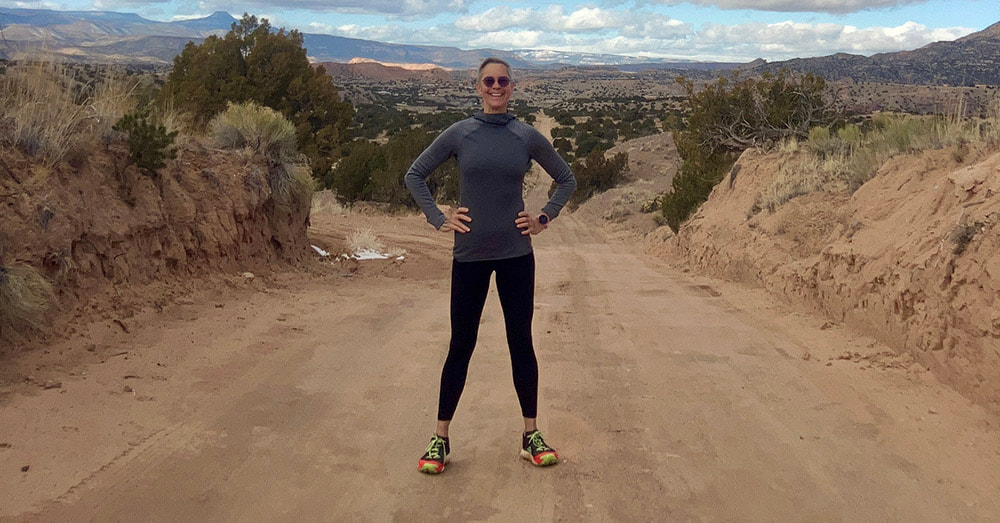
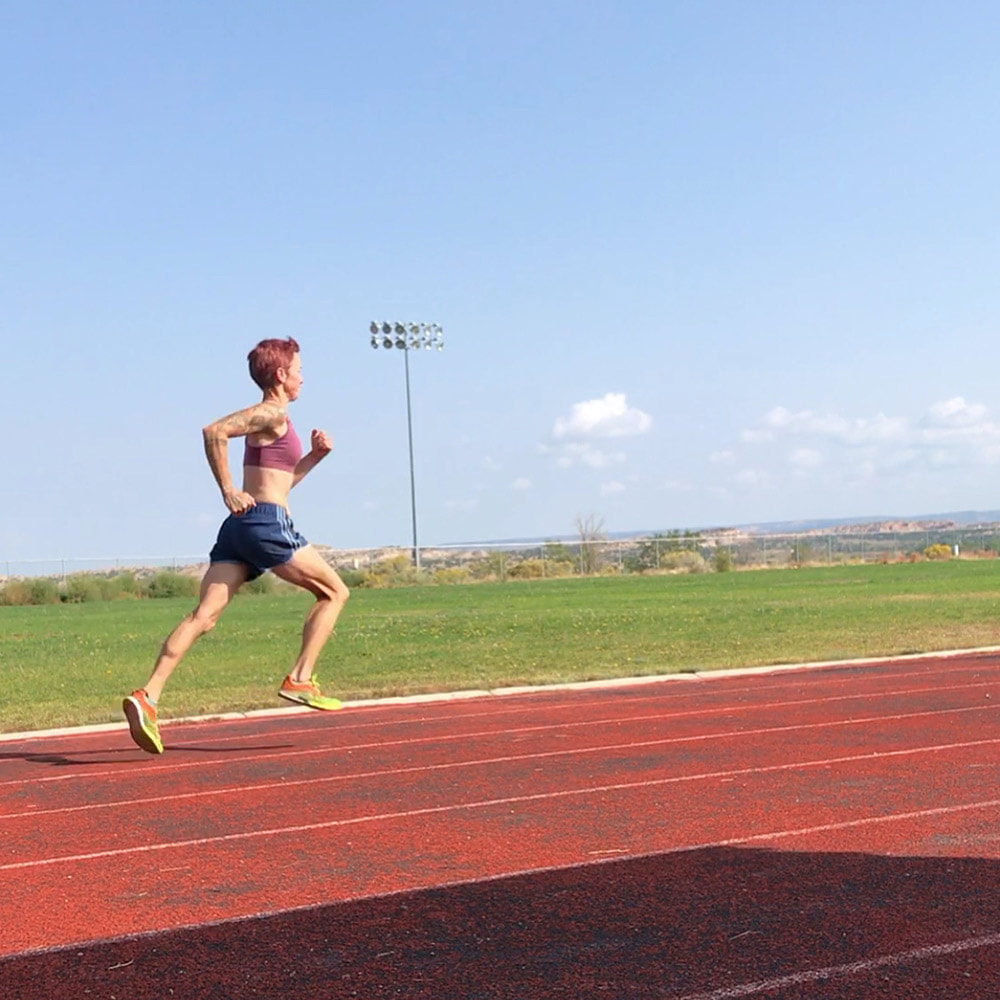
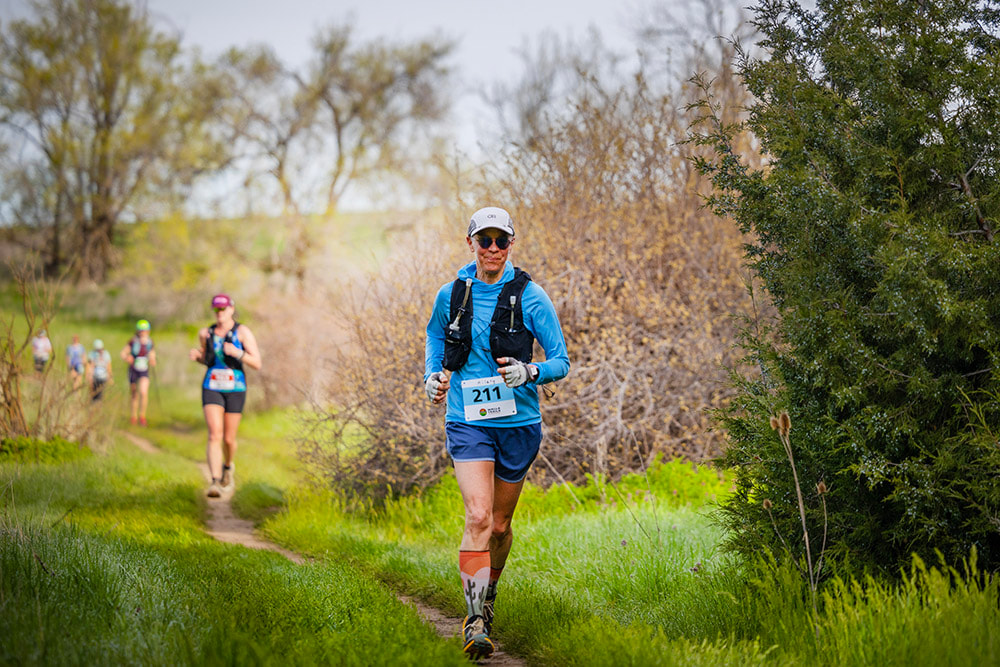
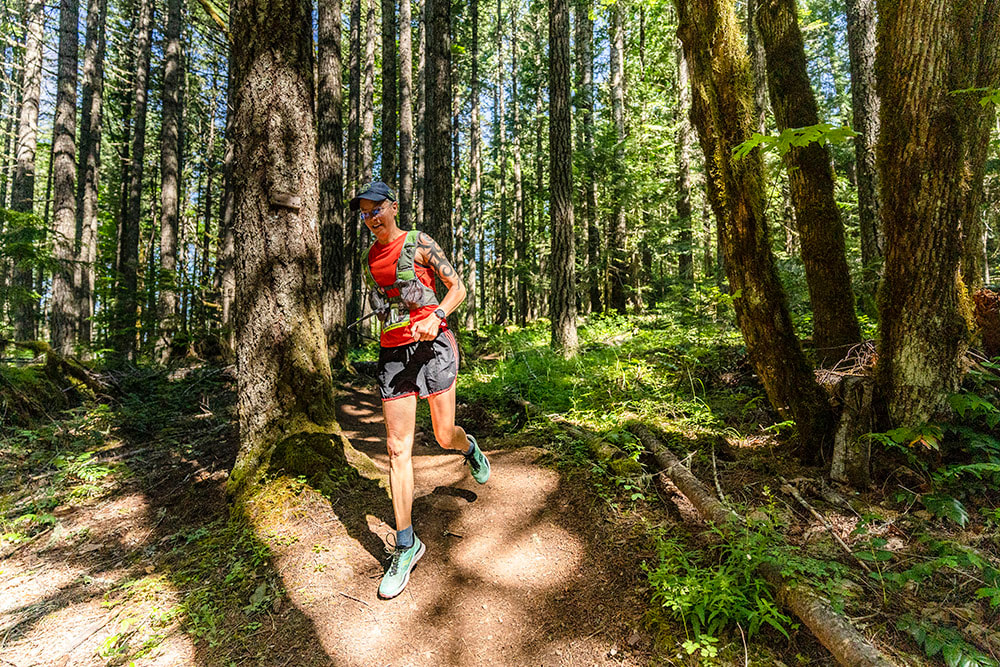
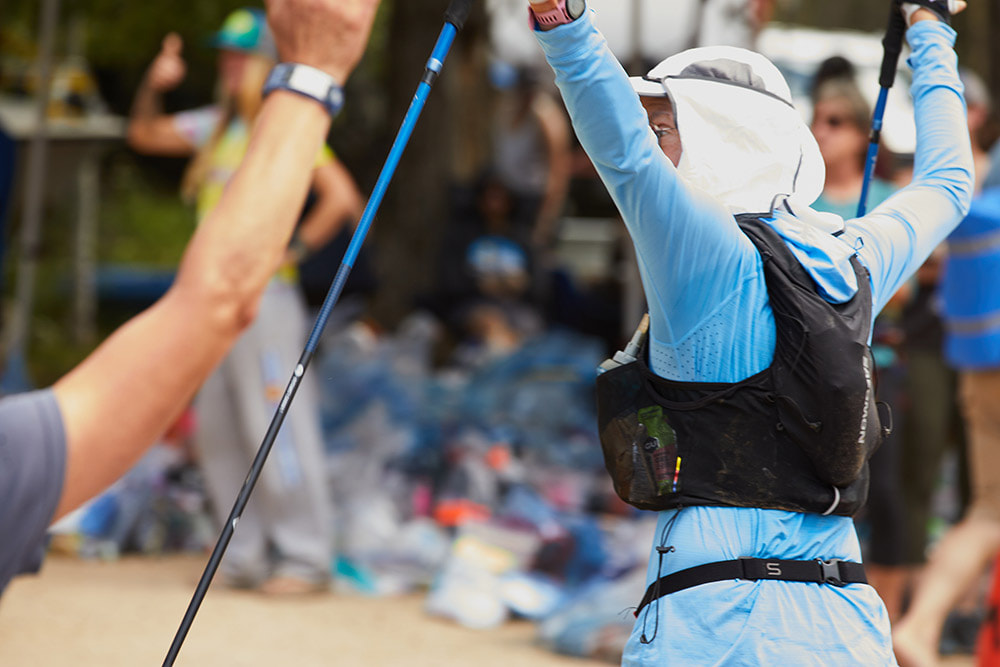
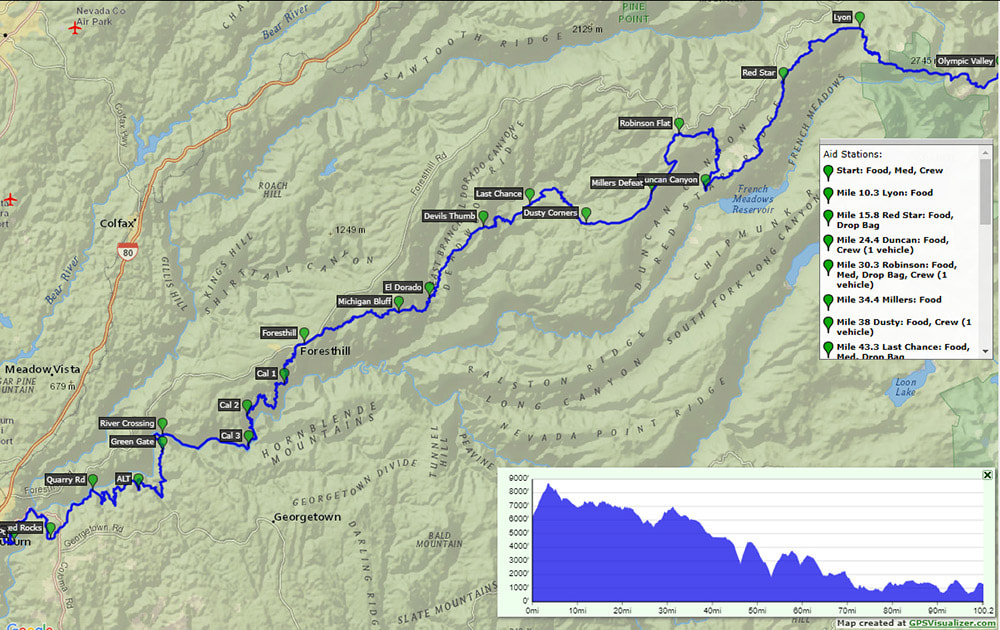
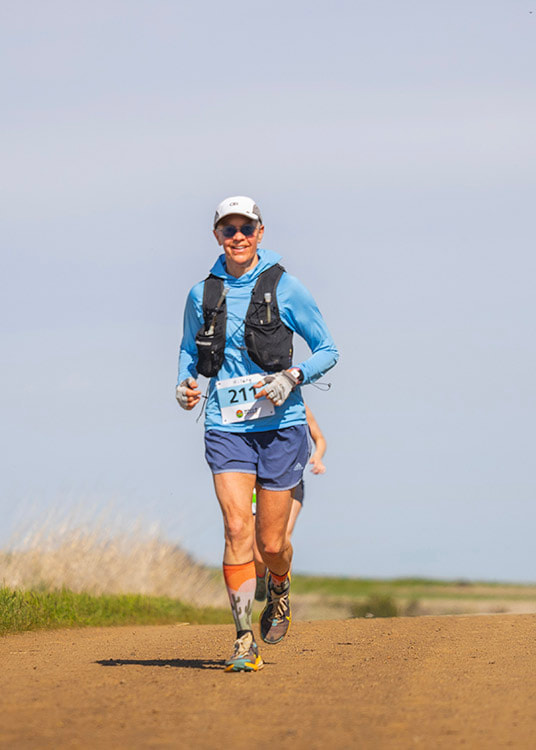
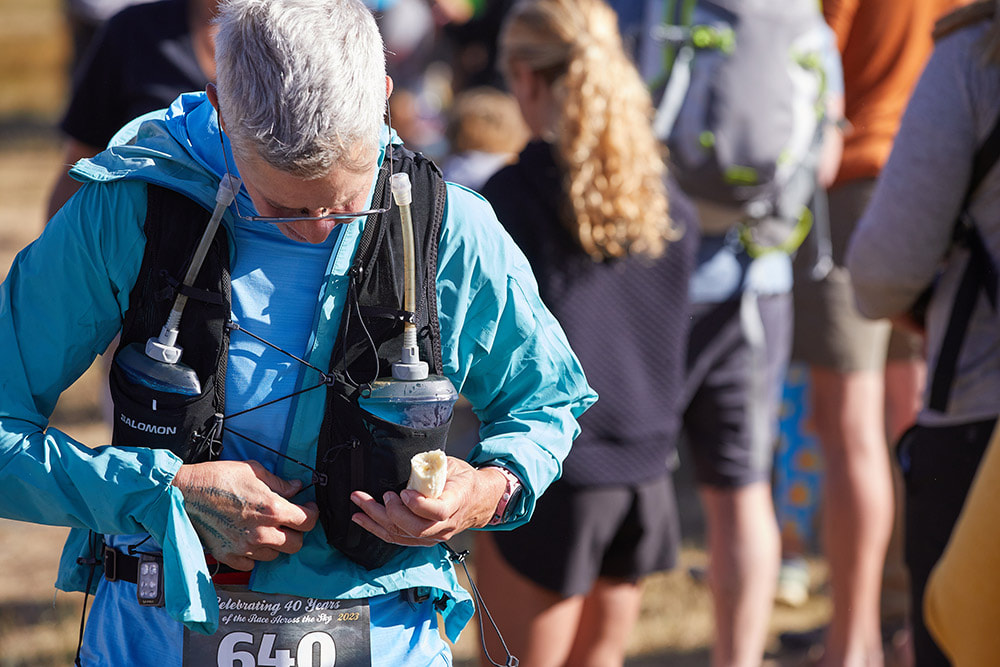
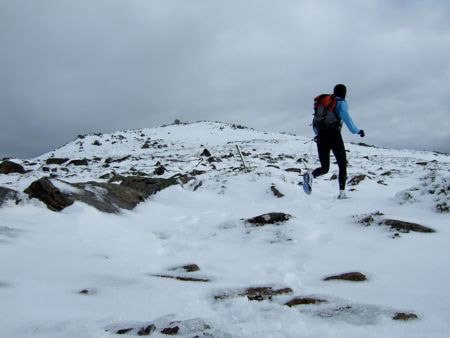
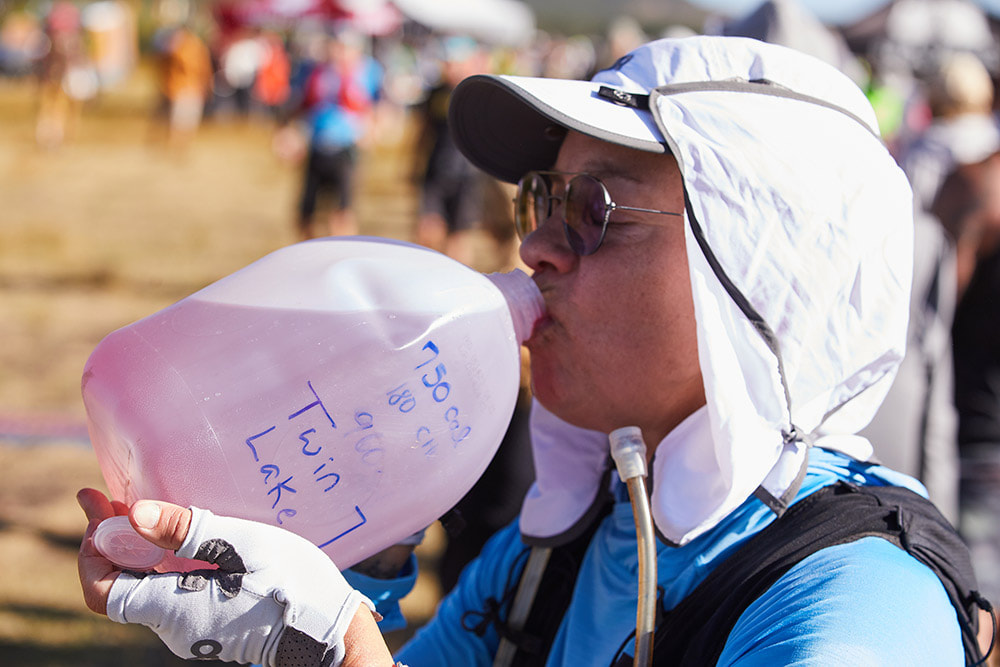
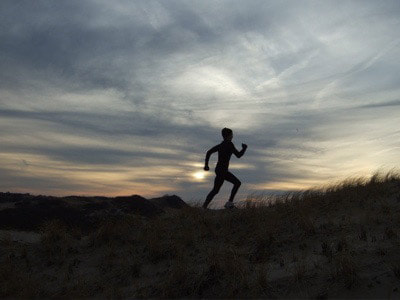
 RSS Feed
RSS Feed